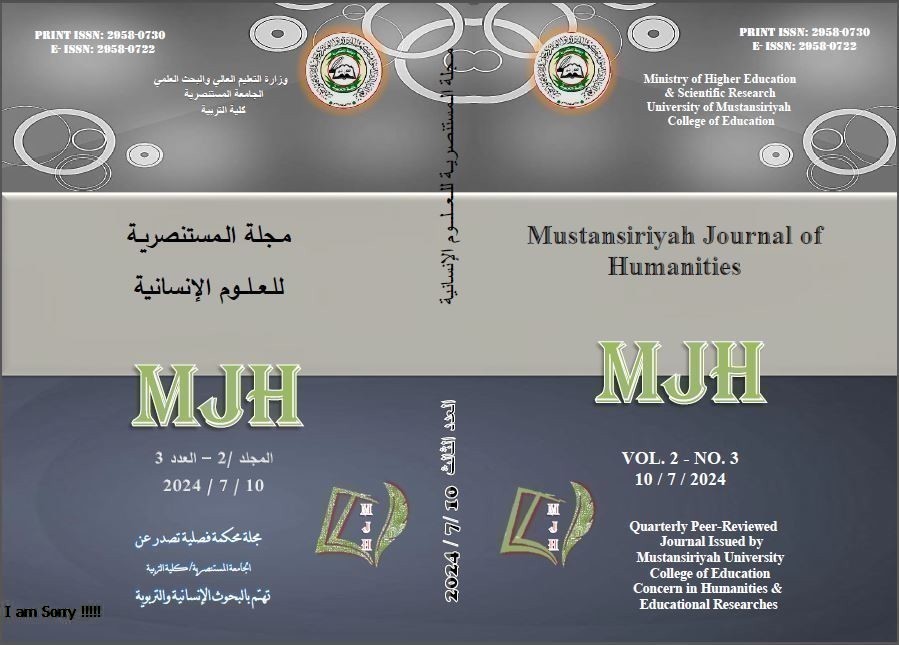Thermal climatic potential for growing the yellow corn crop for the fall season and its suitability in the Baghdad and Babil governorates for the period (1993-2022)
DOI:
https://doi.org/10.47831/mjh.v2i4.600Keywords:
thermal potential, yellow corn crop, optimum temperature, accumulated temperatureAbstract
The study seeks to assess the appropriateness of thermal capacities, encompassing minimum, maximum, and average temperatures, for cultivating yellow corn as a fall crop in Baghdad and Babil governorates. This evaluation is based on the crop's temperature requirements, utilizing thermal data from two climate stations (Baghdad and Hilla) to extract monthly and yearly values. By examining the thermal needs of the crop, such as upper and lower temperature limits, as well as the optimal combined temperature, the study identifies the suitable temperature range for growing yellow corn during the fall season from June to October. Subsequently, a comparison is made between these requirements and the thermal potential present in the research area. Furthermore, the research aims to capitalize on the thermal resources in the region to cultivate fall-harvested yellow corn and explore opportunities for its expansion, given its significant nutritional value for human consumption. The crop serves as animal fodder and holds economic importance for various industries due to its high energy content.





